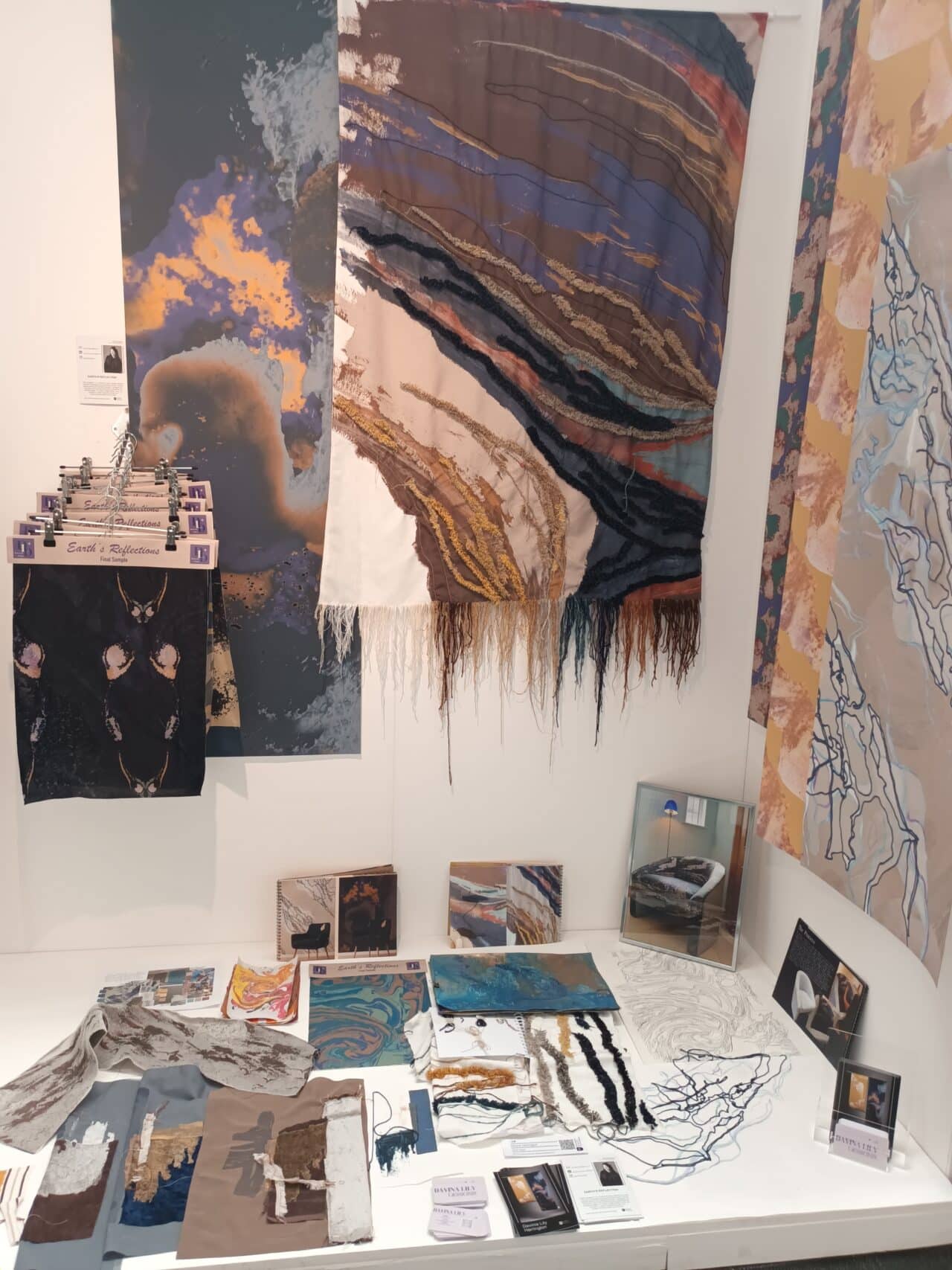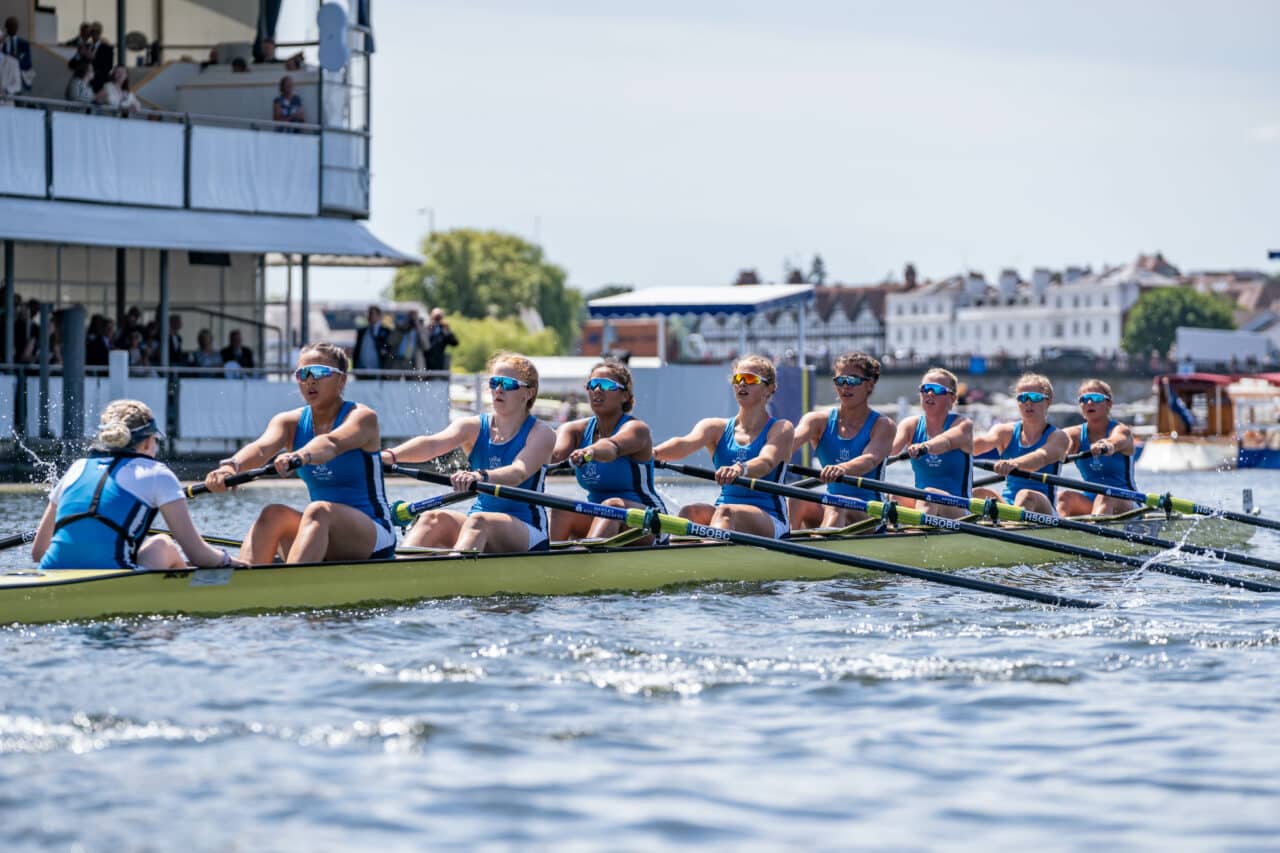Classics Trip to Greece
The Classics Department took 24 pupils to Greece as an exploration into ancient historical sites and to further their knowledge in their subject. Read the account of the trip from Vivienne (L6) below:
After flying out from Heathrow in the morning, we arrived at Athens airport in the early evening, in time for a delicious Greek buffet-style dinner at the hotel.
On Sunday morning, we caught the Metro to the Acropolis, an impressively large hill on which the Parthenon and other ancient buildings are situated.
At the base of the hill was the Theatre of Dionysus, where performances would have taken place, the volume enhanced by the semi-circular shape present in all of the theatres we visited in Greece.
We then climbed up further to see the Odeon of Herodes Atticus, another theatre which is well-preserved and still used for performances today.
After going up the marble steps on the Acropolis, we walked through a large, columned entryway and could see the Parthenon in full view. Once in bright colour, the Parthenon now stands partly intact, partly destroyed, having been fired at when used to store gunpowder by the Ottoman Empire.
Near the Parthenon was the Temple of Athena Nike, outside which is a large olive tree, rumoured but since discredited to have been the original olive tree created by Athena in mythology.
We then walked to the Agora and visited the Temple of Hephaestus before lunch. In the afternoon we visited the Acropolis museum, where original parts of the Parthenon are preserved and completed by plaster copies to give an impression of what the metopes would have looked like.
On Monday, we visited the Archaeological museum in Athens, before driving to the mountainous region of Delphi. On the way, we visited the Byzantine monastery at Hosios Loukas, built in the tenth century AD.
On Tuesday, we visited Delphi, where the Oracle used to be and the Athenian Treasury is located. A site of homage in ancient Greece, Delphi had great wealth.
Also on Mount Parnassus, we saw the Temple of Apollo, now mostly ruins, the theatre, and the sanctuary’s stadium.
On Wednesday we visited Olympia, the home of the ancient Olympic games, and saw both the gymnasium and the stadium, where we held our own running race.
We saw the ruins of the Temple of Zeus, one of the seven wonders of the ancient world, now largely destroyed by earthquakes. The Temple of Hera also still stands here, along with the Philippeion, which celebrated the victory of Philip of Macedon, the father of Alexander the Great.
We also visited the museum at the site, which houses remains from the Temple of Zeus’ pediments.




